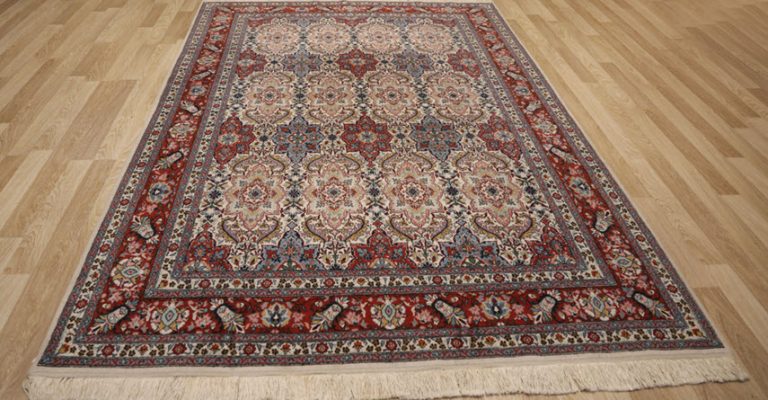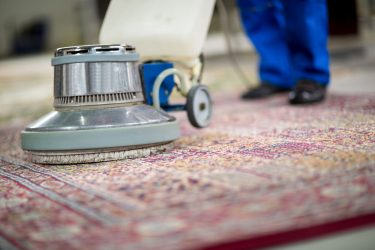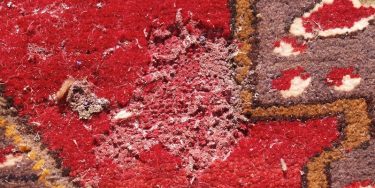How to Identify an Authentic Silk Rug
Home » Blog » Oriental Rugs » How to Identify an Authentic Silk Rug

At Smart Choice Rug Repair & Restoration care we pride ourselves on knowing how to identify genuine items. If our rugs are listed as being silk, then they are probably 100% silk as listed. However, not all sellers are as forthcoming with their products and will sometimes try to pass off a blend or synthetic material as the real thing. While there is nothing wrong with purchasing a synthetic material if that was what you set out to do, but if you are searching for genuine and natural silk, then you do not want to be fooled.
This article will help you identify the differences in the rug fibers so that you will never find yourself being tricked by a less than reliable rug dealer.
What is Real Silk?
Natural silk is produced by the silkworm which native to Asia. The mulberry silk moth, creates a silk river when it is in its caterpillar form. A silkworm can spin a single fiber that is thousands of inches in length. The silk fibers are harvested from the caterpillar cocoons and turned into the silk yarn. Once dyed, the silk fibers produce a vibrant, saturated color that has a distinctive luster.
Any silk that doesn’t come from a silkworm is artificial. The artificial silk fibers are easier to produce which makes it a viable option for many people. However, that doesn’t mean you want to be tricked into purchasing an artificial material when you are searching for the real thing. Most artificial silk fibers are created from mercerized cotton, rayon, or other materials.
How to Identify Real Silk Rugs
When you are shopping for a silk rug, there are a few small tests that you can do to help you identify whether it is a real silk material. These three techniques can help you distinguish the real silk rugs from the fake ones.
Rub the rug very vigorously with the palm of your hand. A real silk rug will feel warm as you rub it. The pile of the artificial rug will stay cool. The difference may be a little subtle for many people to tell the difference without a little practice. It helps to rub a rug that you know to be genuine silk so that you can be familiar with the warming effect.
The next technique is easier for a person that is less familiar with the feel of the silk fibers. However, it does involve burning a thread of the silk. Make sure that you have permission from the dealer, and then clip a small thread from the fringe of the rug or pull a single knot from the back of the rug. Burn the thread paying special attention to the ash and the smell of the smoke. If the thread is genuine silk, the thread will burn into a crispy black ash, and it will smell like burnt hair. If the thread is artificial like rayon, the ash will be white and chalky, and it will likely smell more like burning paper.
The third technique involves a few materials that you will need to have on hand to perform it. You will need copper sulfate, water, glycerin, and caustic soda which will create a solution to dissolve the thread. The solution will have no effect on a cotton, rayon, or nylon thread. However, a silk thread will be completely dissolved.
In Conclusion
At Smart Choice rug care we want you to be sure that you are getting the real thing when you are shopping for a silk rug. If you are looking to clean, repair or restore a genuine silk rug, give our rug repair experts a call.




